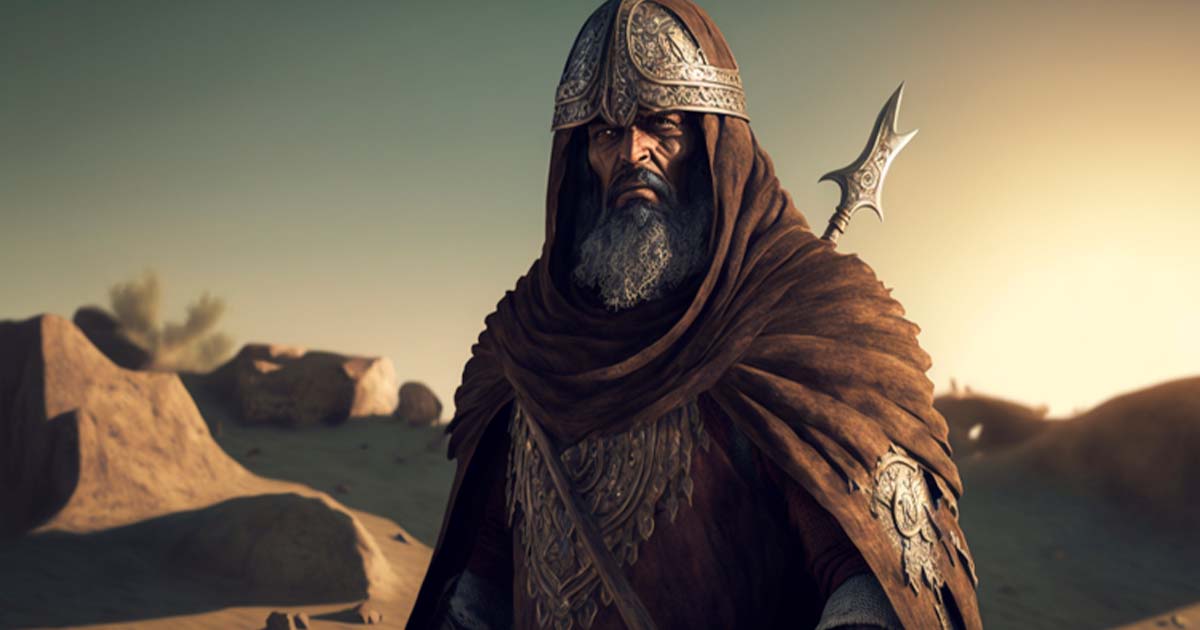The History of Xerxes I: The Great King of the Persian Empire (Video)
Xerxes I, a formidable figure in the annals of Persian history, ascended to the throne amid complex familial dynamics. Born in 515 BC to Darius the Great and Atosa, the daughter of Cyrus the Great, Xerxes inherited a legacy deeply intertwined with the Achaemenid Empire’s foundation. Tasked with expanding the empire into Greece, he faced immediate challenges, quelling revolts in Egypt and Babylon, the latter a strategic city with historical significance. With strategic acumen, Xerxes subdued opposition, consolidating power. The zenith of Xerxes' reign unfolded in his audacious campaign against Greece in 480 BC. Boasting an immense army, he aimed to fulfill his father's unrealized ambitions.
- Xerxes The Great: The Powerful Persian King Whose Death Destroyed an Empire
- What Went Wrong? The Real Story of the Battle of Thermopylae
However, the Battle of Thermopylae against the Spartans revealed the Greeks' indomitable spirit, exploiting their tactical advantage in a narrow pass. Subsequent naval engagements underscored Greek cunning, turning the tide against Xerxes. Retreating to Susa, Xerxes redirected focus to empire-building projects, taxing provinces heavily. Grievances over economic burdens contributed to a volatile atmosphere, culminating in his assassination in 465 BC. Xerxes' legacy, tarnished by Greek accounts, embodies the complexities of power and ambition in the ancient Persian realm.
Top image: AI image of a Persian warrior leader in the desert. Source: Art Gallery/Adobe Stock

















